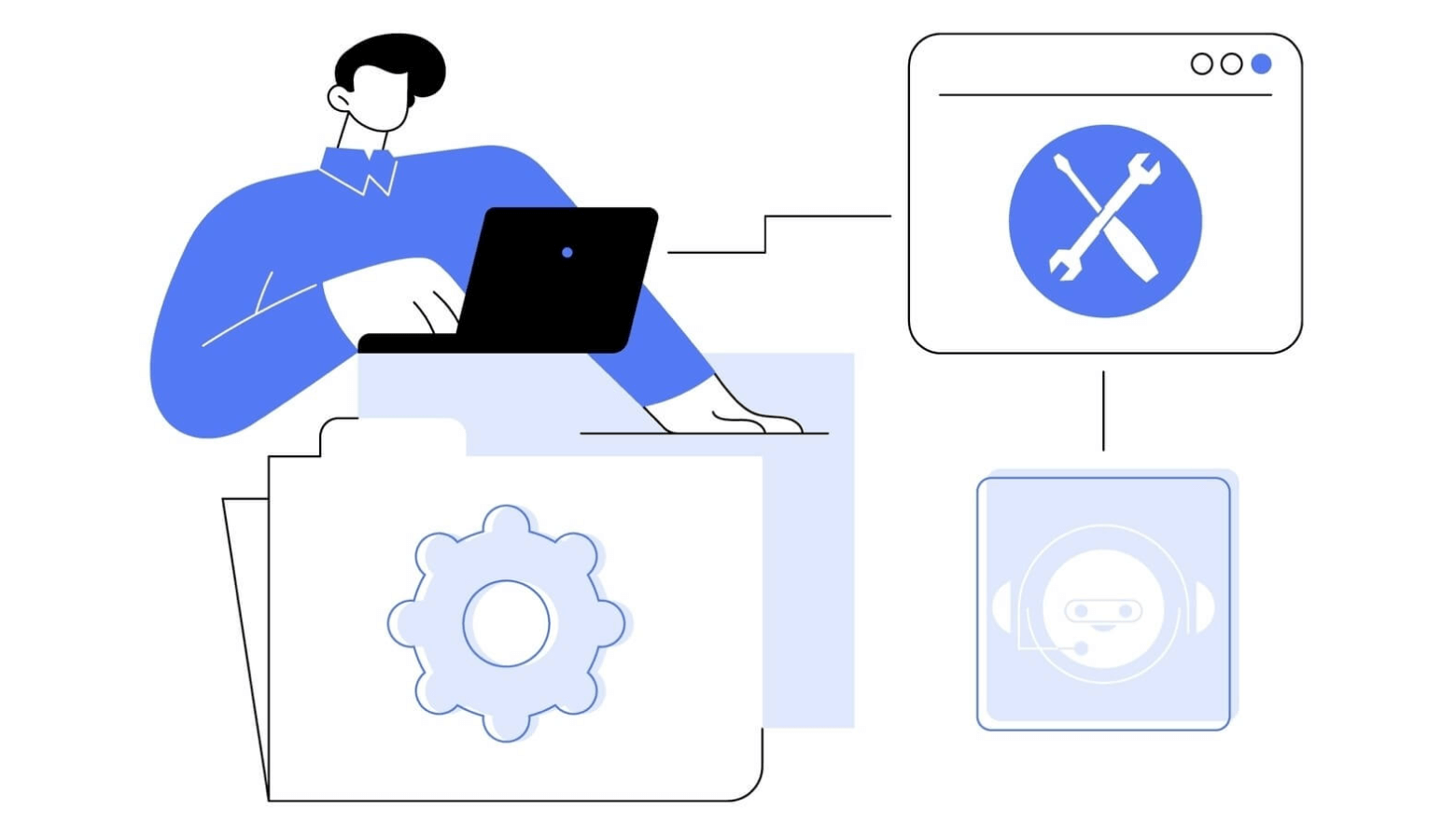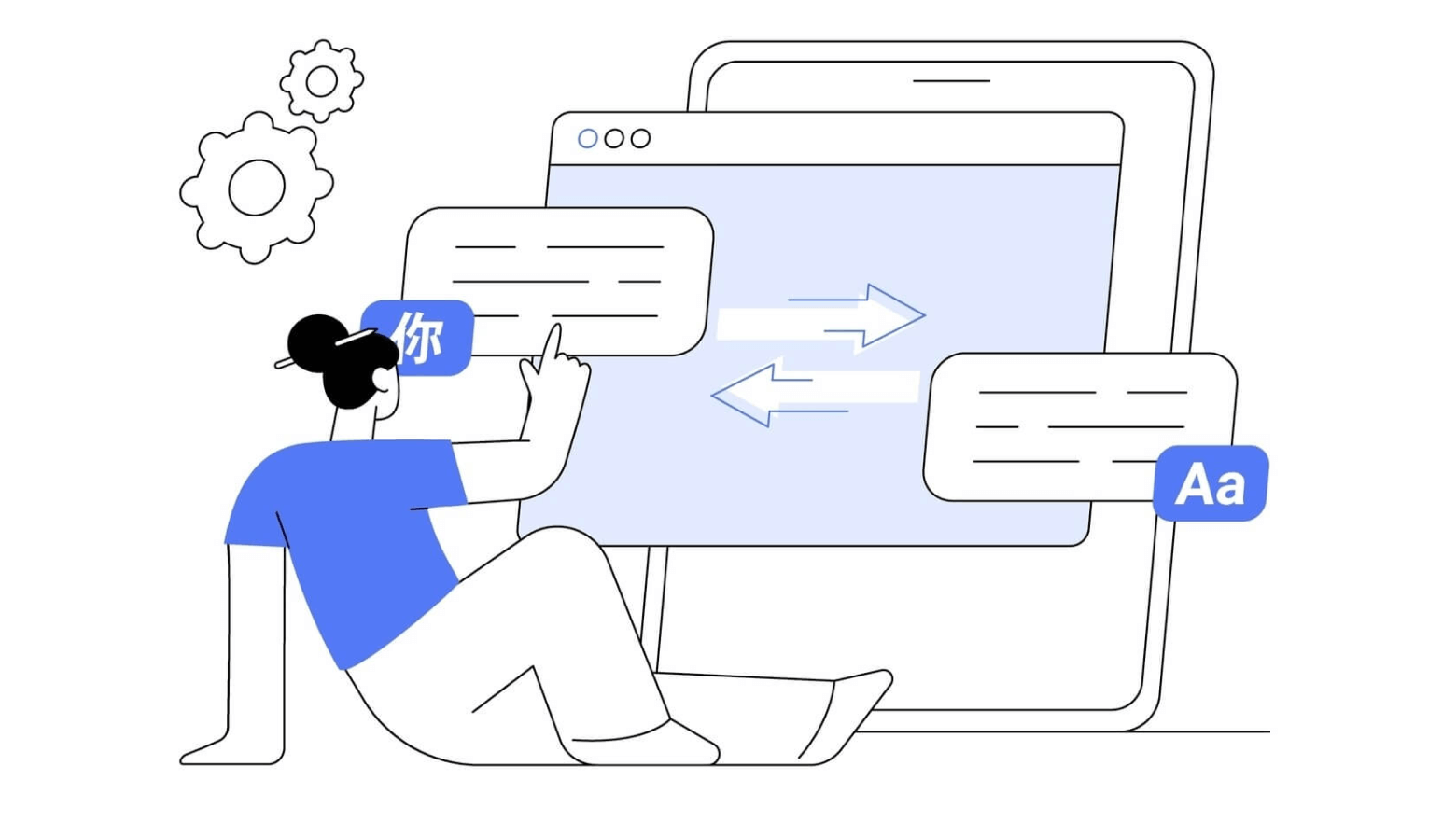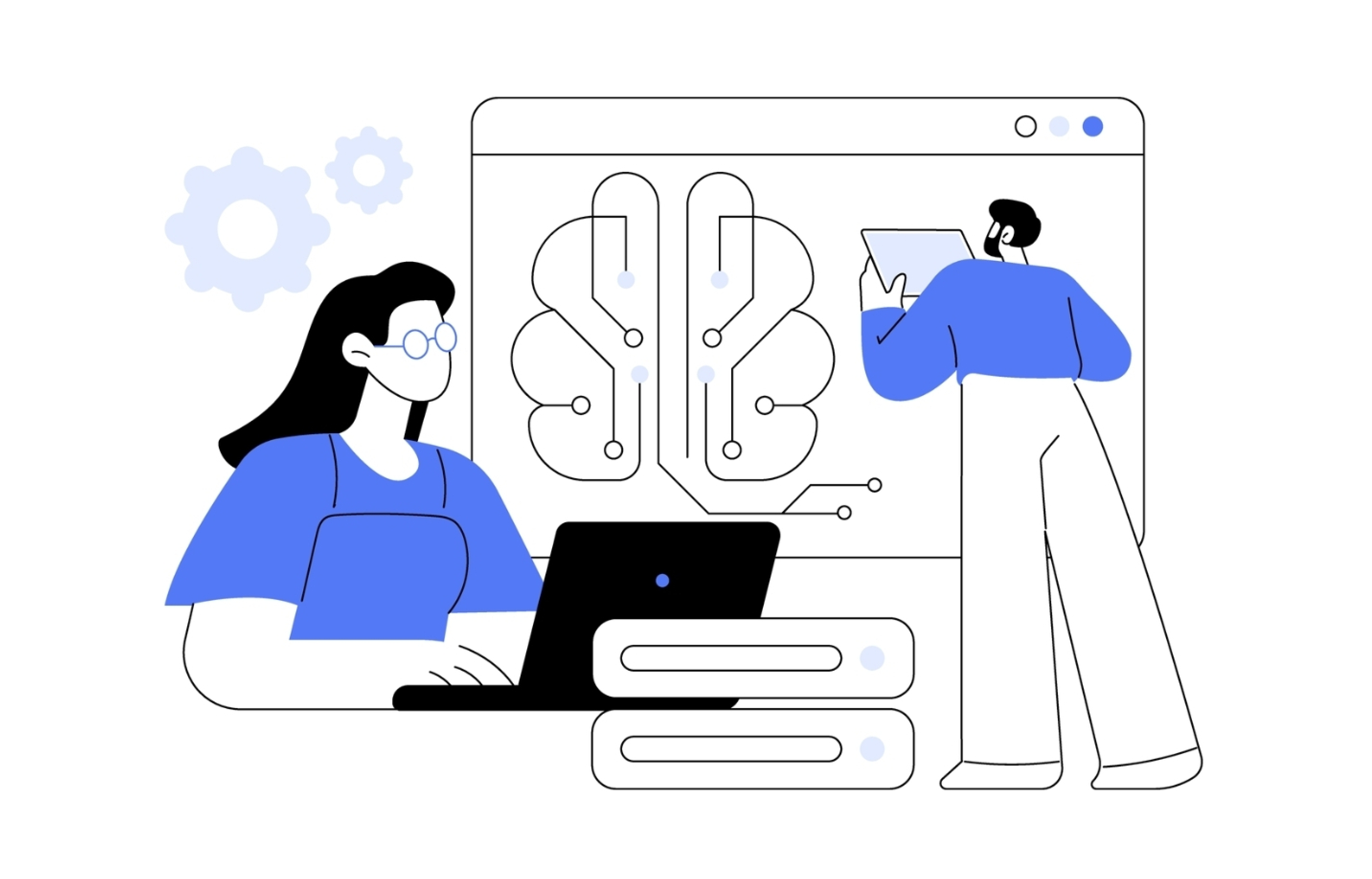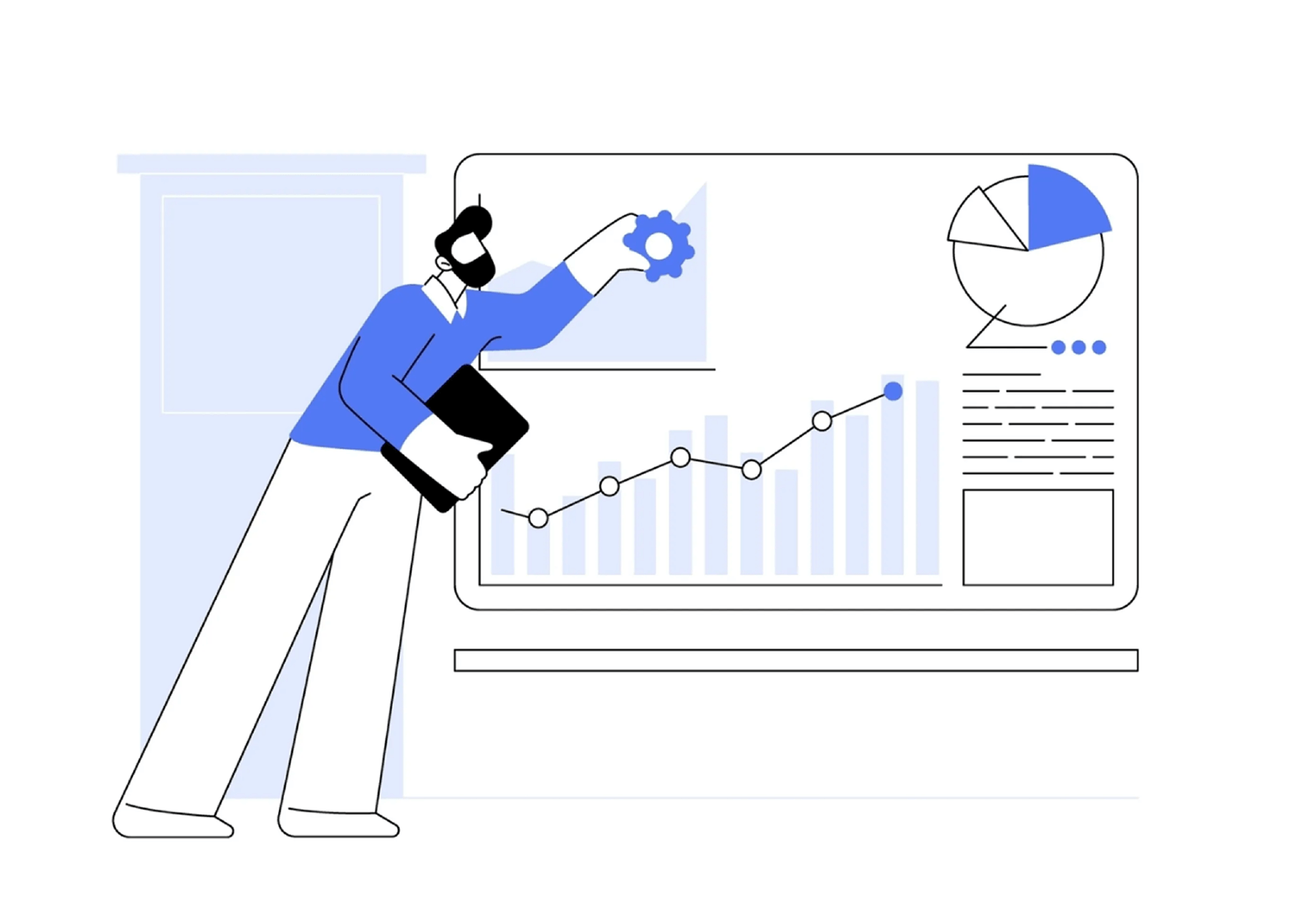The convergence of translation and artificial intelligence (AI) has emerged as a transformative force, promising to redefine the way we exchange knowledge, ideas, and cultural experiences across linguistic barriers. As the world becomes increasingly interconnected, the demand for efficient, accurate, and accessible translation services has never been greater. The integration of AI into the translation process has the potential to revolutionize this critical field, unlocking new possibilities.

The Rise of AI-Powered Translation
Historically, translation has been a labor-intensive task, relying heavily on the expertise and linguistic proficiency of human translators. However, the advent of AI has ushered in a new era of translation, one marked by unprecedented speed, accuracy, and adaptability. Machine translation (MT) systems, powered by sophisticated natural language processing (NLP) algorithms, have become increasingly adept at understanding and translating text across a wide range of languages.
These AI-driven translation tools leverage vast datasets, neural networks, and machine learning algorithms to analyze the contextual meaning, syntax, and nuances of language. By continuously learning and improving through exposure to more data, MT systems are able to produce translations that are not only grammatically correct but also capture the intended meaning and tone of the original text.
Advanced Multilingual Capabilities
The synergy between translation and AI extends beyond just machine translation. AI-powered tools have also revolutionized various stages of the translation workflow, from the initial text analysis to the generation of multilingual content.
Text Analysis and Preprocessing: AI-driven language processing capabilities can assist in the initial stages of translation by identifying the source language, detecting the text's domain and tone, and segmenting it into easily manageable chunks. This optimization of the input text can streamline the translation process and improve the overall quality of the output.
Terminology Management: Maintaining consistency in the use of specialized terminology is crucial in many translation projects, especially in technical or legal domains. AI-powered terminology management systems can automatically identify and suggest appropriate terms, ensuring that translations adhere to established glossaries and industry standards.
Computer-Assisted Translation (CAT): CAT tools, which integrate AI-powered features, have become indispensable for professional translators. These tools leverage translation memories, machine translation engines, and AI-driven suggestions to enhance the productivity and accuracy of human translators, allowing them to focus on the more nuanced aspects of language and communication.
Quality Assurance: AI-based quality assurance (QA) systems can analyze translated texts, identify potential errors or inconsistencies, and provide real-time feedback to translators. This automated QA process helps to ensure the final deliverables meet the desired standards, reducing the time and effort required for manual proofreading.
Automatic Content Generation: AI-powered natural language generation (NLG) tools can create original content in multiple languages, drawing from structured data or templates. This capability is particularly valuable for generating personalized marketing materials, product descriptions, and even news articles in a wide range of languages.
Multilingual Summarization: As the volume of information across various languages continues to grow, the need for efficient multilingual summarization becomes paramount. AI-based summarization algorithms can analyze texts in their source languages and generate concise, high-quality summaries in multiple target languages, enabling users to quickly grasp the key insights.
Multilingual Content Adaptation: AI-powered systems can also assist in the adaptation of content for different cultural and linguistic contexts. This includes tasks such as localizing website content, tailoring marketing campaigns to specific regions, and ensuring that multimedia materials are accessible to diverse audiences.
One of the prominent examples of AI-powered translation solutions is Lingvanex, a company that has been at the forefront of advancing language translation technology. Lingvanex's machine translation services leverage cutting-edge deep learning algorithms to provide accurate and contextual translations across a wide range of languages. By continuously refining their models and incorporating user feedback, Lingvanex aims to deliver a seamless and user-friendly translation experience.
Addressing Challenges and Future Prospects
While the synergy between translation and AI has yielded remarkable advancements, there are still challenges that need to be addressed. One of the primary concerns is the issue of bias and fairness in AI-powered translation systems . As these systems are trained on existing human-translated data, they may inadvertently perpetuate and amplify societal biases, potentially reinforcing negative stereotypes or excluding marginalized languages and dialects.
Moreover, certain language pairs and specialized domains, such as legal or technical content, can still pose challenges for AI systems. Additionally, the nuances of human language, including context-dependent meanings and cultural references, can be difficult for AI to fully capture .
Researchers and developers are actively working to address these challenges by introducing more diverse and inclusive training data, as well as developing debiasing techniques and ethical AI frameworks. Additionally, the continued refinement of natural language processing algorithms and the incorporation of human feedback loops can further enhance the accuracy, fluency, and cultural sensitivity of AI-powered translation solutions.
Looking ahead, the future of the translation-AI synergy holds immense potential. As AI technology continues to advance, we can expect to see even more intelligent and adaptable translation systems that can seamlessly handle complex linguistic nuances, regional dialects, and emerging communication trends. Furthermore, the integration of AI with other emerging technologies, such as augmented reality and machine learning, may open up new avenues for multilingual interaction and immersive language learning experiences.
Conclusion
From machine translation to AI-powered content generation and quality assurance, the synergy between these two domains has revolutionized the way we approach language and communication. As we continue to navigate the challenges and embrace the opportunities presented by this dynamic intersection, the future holds the promise of even more sophisticated, inclusive, and user-centric translation solutions.



